Home>Furniture & Design>Outdoor Furniture>How To Make Outdoor Steps Less Slippery
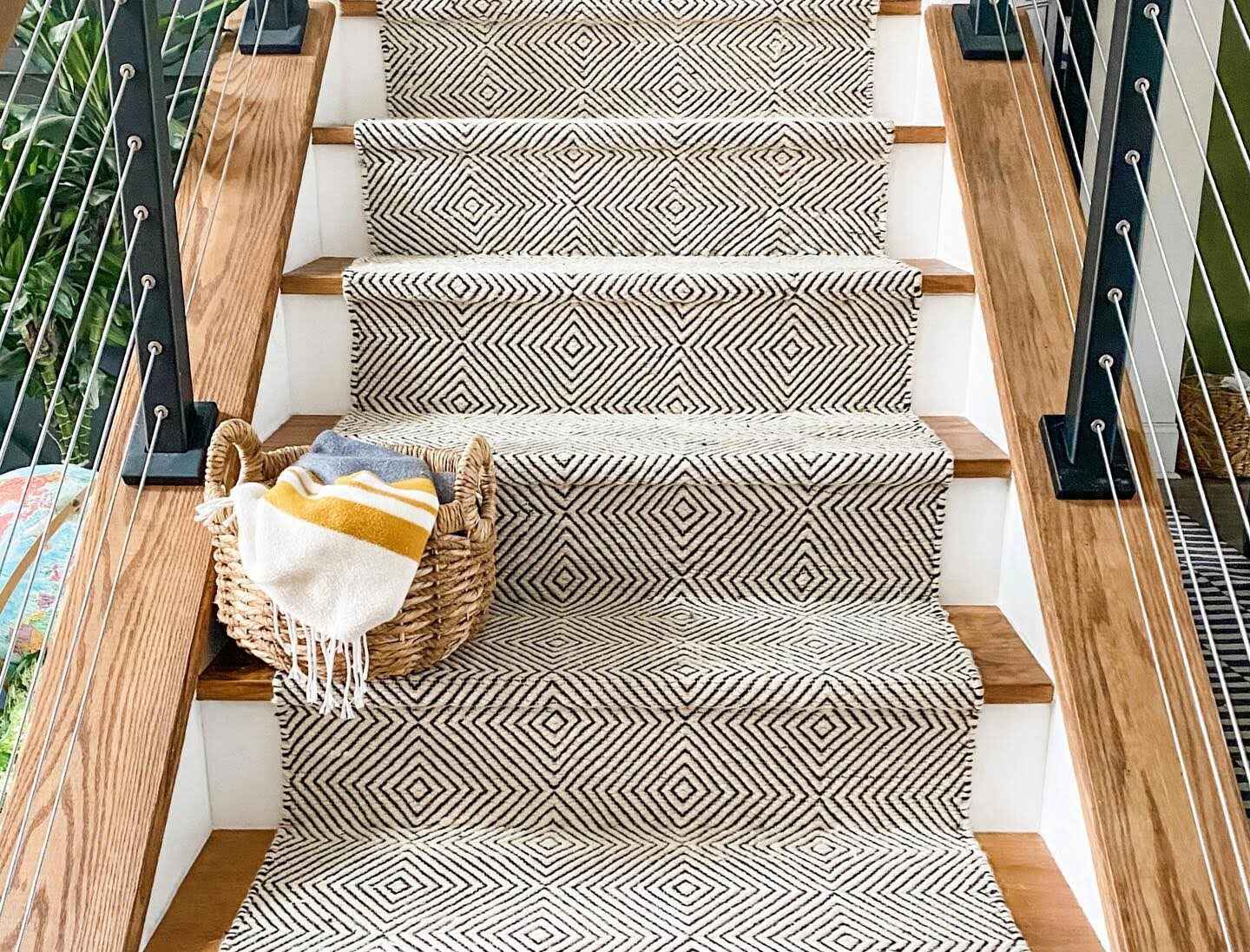

Outdoor Furniture
How To Make Outdoor Steps Less Slippery
Modified: March 6, 2024
Learn how to make your outdoor steps less slippery with these effective tips and products. Create a safer environment for your outdoor furniture and design.
(Many of the links in this article redirect to a specific reviewed product. Your purchase of these products through affiliate links helps to generate commission for Storables.com, at no extra cost. Learn more)
Introduction
Welcome to the great outdoors, where the sun shines, the birds sing, and the fresh air invigorates the soul. Whether you're stepping out onto a sprawling deck, a charming patio, or a winding staircase in your garden, outdoor steps are an essential feature of any home or outdoor space. However, these steps can pose a potential hazard, especially when they become slippery due to rain, snow, or simply the passage of time.
Slippery outdoor steps can lead to accidents and injuries, which is why it's crucial to take proactive measures to minimize the risk. In this guide, we'll explore effective ways to make outdoor steps less slippery, ensuring that you and your loved ones can navigate them safely and confidently regardless of the weather conditions.
So, let's roll up our sleeves and delve into the world of outdoor safety, where we'll discover practical solutions to keep those steps secure and slip-free. Whether you're a seasoned DIY enthusiast or a newcomer to the world of outdoor maintenance, you'll find valuable insights and actionable tips to enhance the safety and enjoyment of your outdoor living spaces. Let's embark on this journey to transform slippery steps into safe and secure pathways, allowing you to savor every moment spent in the great outdoors.
Key Takeaways:
- Keep outdoor steps safe by cleaning regularly, applying non-slip coatings, using anti-slip treads, and installing handrails. These steps ensure secure navigation in any weather, promoting confidence and well-being.
- Assess the slipperiness of outdoor steps and address it by cleaning, applying non-slip coatings, using anti-slip treads, and installing handrails. These measures create safe and stable pathways for outdoor enjoyment.
Read more: How To Make Outdoor Stairs Less Slippery
Assessing the Slipperiness of Outdoor Steps
Before diving into the solutions for slippery outdoor steps, it’s essential to assess the degree of slipperiness and identify the contributing factors. This initial step lays the foundation for implementing targeted and effective measures to enhance safety.
Start by observing the steps under various weather conditions, including dry, wet, and icy surfaces. Take note of any visible signs of wear and tear, such as cracks, uneven surfaces, or accumulated debris. These factors can significantly contribute to the slipperiness of the steps and must be addressed accordingly.
Next, consider the material of the steps. Different materials, such as wood, concrete, or stone, have varying levels of natural traction and susceptibility to becoming slippery. Wooden steps, for instance, may become more slippery when wet, while concrete steps can accumulate algae and moss, leading to increased slipperiness.
Furthermore, evaluate the slope and design of the steps. Are they adequately angled to promote water drainage, or do they tend to accumulate moisture? Are there any areas where water pools or ice forms during colder temperatures? These factors can significantly impact the overall slip resistance of the steps.
Lastly, consider the frequency of foot traffic on the steps. High-traffic areas are more prone to wear and may require more robust solutions to maintain traction and minimize slipperiness.
By thoroughly assessing these factors, you’ll gain valuable insights into the specific challenges posed by your outdoor steps, allowing you to tailor your approach to effectively mitigate slipperiness and enhance safety. Armed with this knowledge, you’re ready to explore the most suitable strategies for addressing the slipperiness of your outdoor steps.
Cleaning the Outdoor Steps
One of the fundamental steps in reducing slipperiness on outdoor steps is thorough cleaning. Over time, outdoor steps can accumulate various forms of debris, including dirt, grime, fallen leaves, and organic matter. When moisture is introduced, these substances can create a slippery film, posing a significant hazard to anyone traversing the steps.
Begin the cleaning process by removing any loose debris using a stiff brush or broom. Clearing away leaves, twigs, and other detritus not only improves the aesthetic appeal of the steps but also minimizes the potential for slip-inducing buildup.
Next, consider the use of a suitable cleaning solution to tackle stubborn grime and algae. For wooden steps, a gentle mixture of mild dish soap and water can effectively lift dirt and grime without causing damage to the wood. Alternatively, for concrete or stone steps, a diluted solution of white vinegar and water can help dissolve algae and moss, which are common culprits of slipperiness.
After applying the cleaning solution, use a stiff-bristled brush or a pressure washer to thoroughly scrub the steps, paying close attention to any areas where slipperiness is a concern. Rinse the steps with clean water to remove any residual cleaning solution and ensure a pristine surface.
For persistent algae or moss growth, consider using a specialized outdoor cleaner formulated to eliminate these organic substances. These targeted cleaners often contain compounds that penetrate and dissolve the root systems of algae and moss, preventing regrowth and reducing the likelihood of slippery surfaces.
Once the steps are clean and free of debris, allow them to dry completely before proceeding with additional measures to enhance slip resistance. Regular cleaning maintenance, especially during seasons of high moisture and organic debris, is essential for preventing the accumulation of slippery substances and maintaining the safety of your outdoor steps.
Applying Non-Slip Coating
When it comes to enhancing the traction and safety of outdoor steps, applying a non-slip coating is a highly effective and proactive solution. Non-slip coatings are specially formulated to create a textured surface that significantly reduces the risk of slipping, even in wet or icy conditions.
Before applying the non-slip coating, ensure that the steps are clean and free of any debris or contaminants. This provides a smooth and uniform surface for the coating to adhere to, maximizing its effectiveness and longevity.
Choose a high-quality non-slip coating specifically designed for outdoor use and compatible with the material of your steps, whether they are wood, concrete, or stone. These coatings are available in various formulations, including paint-on solutions and textured additives that can be mixed into paint or sealant.
When applying the non-slip coating, follow the manufacturer’s instructions meticulously to achieve optimal results. Depending on the product, it may require stirring, mixing with a base material, and specific application techniques to ensure uniform coverage and texture.
Utilize a paint roller or brush to apply the non-slip coating evenly across the surface of the steps, taking care to maintain a consistent texture to maximize traction. Pay particular attention to high-traffic areas and areas prone to moisture accumulation, as these are critical zones for slip resistance.
Allow the non-slip coating to dry thoroughly according to the manufacturer’s recommendations before allowing foot traffic on the steps. Once dry, the coating will provide a durable and resilient non-slip surface, offering peace of mind and safety for anyone using the outdoor steps.
Regularly inspect the non-slip coating for signs of wear and reapply it as needed to maintain its effectiveness. By incorporating non-slip coatings into your outdoor maintenance routine, you can significantly reduce the risk of slip-related accidents and create a secure pathway for navigating outdoor steps in any weather conditions.
To make outdoor steps less slippery, consider applying a non-slip coating or adding abrasive strips to the surface. Regularly clean the steps to remove any moss, algae, or debris that could contribute to slipperiness.
Using Anti-Slip Treads
For an efficient and versatile solution to mitigate slipperiness on outdoor steps, consider incorporating anti-slip treads. These specialized treads are designed to provide enhanced traction and stability, offering a practical and customizable approach to improving the safety of your outdoor steps.
Anti-slip treads are available in a variety of materials, including rubber, vinyl, and composite substances, each offering distinct benefits in terms of durability, weather resistance, and aesthetic appeal. Additionally, they come in various sizes, shapes, and colors, allowing you to select treads that complement the design and dimensions of your outdoor steps.
To install anti-slip treads, begin by thoroughly cleaning the steps to ensure a clean and dry surface for optimal adhesion. Measure the dimensions of each step to determine the appropriate size and quantity of treads needed to cover the entire surface securely.
Peel off the backing of the adhesive side of the anti-slip treads and carefully position them on the steps, pressing firmly to ensure proper adhesion. Ensure that the treads are aligned evenly and securely attached to the surface, minimizing the risk of tripping or detachment.
For added security, consider reinforcing the treads with screws or nails, especially in high-traffic areas or regions prone to extreme weather conditions. This extra measure can provide additional stability and longevity, ensuring that the treads remain firmly in place over time.
Anti-slip treads offer a cost-effective and practical solution for enhancing the safety of outdoor steps, particularly in areas where traditional coatings or treatments may be less effective. They are also easily replaceable, allowing for convenient maintenance and customization based on evolving safety needs and aesthetic preferences.
By integrating anti-slip treads into your outdoor step maintenance regimen, you can create a secure and slip-resistant pathway, instilling confidence and peace of mind for anyone navigating the steps, regardless of the prevailing weather conditions or foot traffic intensity.
Read more: How To Make Outdoor Tile Less Slippery
Installing Handrails for Safety
When addressing the safety of outdoor steps, installing handrails is a crucial measure that enhances stability and support, particularly for individuals with mobility challenges or those navigating the steps in adverse weather conditions. Handrails not only provide a physical guide for ascending and descending the steps but also offer a vital point of contact for maintaining balance and preventing slips and falls.
Begin by assessing the layout and design of your outdoor steps to determine the most suitable placement for handrails. Ideally, handrails should be installed on both sides of the staircase, ensuring balanced support and accessibility for users of varying heights and mobility levels.
When selecting handrails, prioritize durability and weather resistance to withstand outdoor elements effectively. Materials such as stainless steel, aluminum, or treated wood are excellent choices for outdoor handrails, offering strength and resilience against moisture, UV exposure, and temperature fluctuations.
Ensure that the handrails comply with local building codes and safety standards to guarantee proper installation and structural integrity. This may involve consulting with a professional contractor or building inspector to ensure that the handrails meet regulatory requirements and contribute to a safe and accessible environment.
Securely anchor the handrails to the steps and adjacent structures using appropriate hardware and fasteners, ensuring that they are firmly affixed and capable of withstanding significant weight and pressure. Additionally, consider reinforcing the attachment points to provide added stability and longevity, especially in areas prone to heavy use or inclement weather.
Regularly inspect the handrails for signs of wear, corrosion, or loosening, and promptly address any maintenance or repair needs to uphold their functionality and safety benefits. This proactive approach ensures that the handrails remain reliable and effective in promoting secure navigation of the outdoor steps.
By installing handrails for safety, you not only enhance the accessibility and usability of your outdoor steps but also demonstrate a commitment to creating a welcoming and secure environment for all individuals. Handrails serve as a tangible embodiment of safety and consideration, offering reassurance and support for anyone traversing the outdoor steps, regardless of their physical abilities or the prevailing weather conditions.
Conclusion
As we conclude our exploration of making outdoor steps less slippery, it’s evident that ensuring safety and stability in outdoor spaces is paramount for homeowners and outdoor enthusiasts alike. By implementing proactive measures and strategic interventions, we can transform potentially hazardous outdoor steps into secure and slip-resistant pathways, fostering a sense of confidence and well-being for all who traverse them.
From assessing the slipperiness of outdoor steps to implementing targeted solutions, such as cleaning, applying non-slip coatings, utilizing anti-slip treads, and installing handrails, we’ve uncovered a diverse array of practical strategies to address slip-related concerns effectively. Each approach offers unique benefits and can be tailored to suit the specific characteristics and challenges of individual outdoor step configurations.
It’s important to recognize that maintaining the safety and integrity of outdoor steps is an ongoing commitment. Regular cleaning, inspection, and maintenance are essential to preserve the effectiveness of anti-slip treatments, treads, and handrails, ensuring long-term safety and usability.
Furthermore, fostering awareness and mindfulness among residents and visitors regarding the potential hazards of slippery outdoor steps can contribute to a collective effort in promoting safe practices and preventing accidents. Encouraging individuals to exercise caution and utilize available safety features, such as handrails and anti-slip treads, reinforces a culture of shared responsibility for outdoor safety.
Ultimately, the journey to making outdoor steps less slippery is a testament to our dedication to creating secure, welcoming, and inclusive outdoor environments. By embracing innovative solutions and prioritizing safety, we can savor the beauty of outdoor living spaces with confidence and peace of mind, knowing that our steps are steadfast and slip-resistant, no matter the weather or season.
Let’s continue to celebrate the joys of outdoor living, knowing that our steps are not just pathways, but gateways to moments of connection, exploration, and tranquility, made all the more enriching by the assurance of safety and stability.
Frequently Asked Questions about How To Make Outdoor Steps Less Slippery
Was this page helpful?
At Storables.com, we guarantee accurate and reliable information. Our content, validated by Expert Board Contributors, is crafted following stringent Editorial Policies. We're committed to providing you with well-researched, expert-backed insights for all your informational needs.
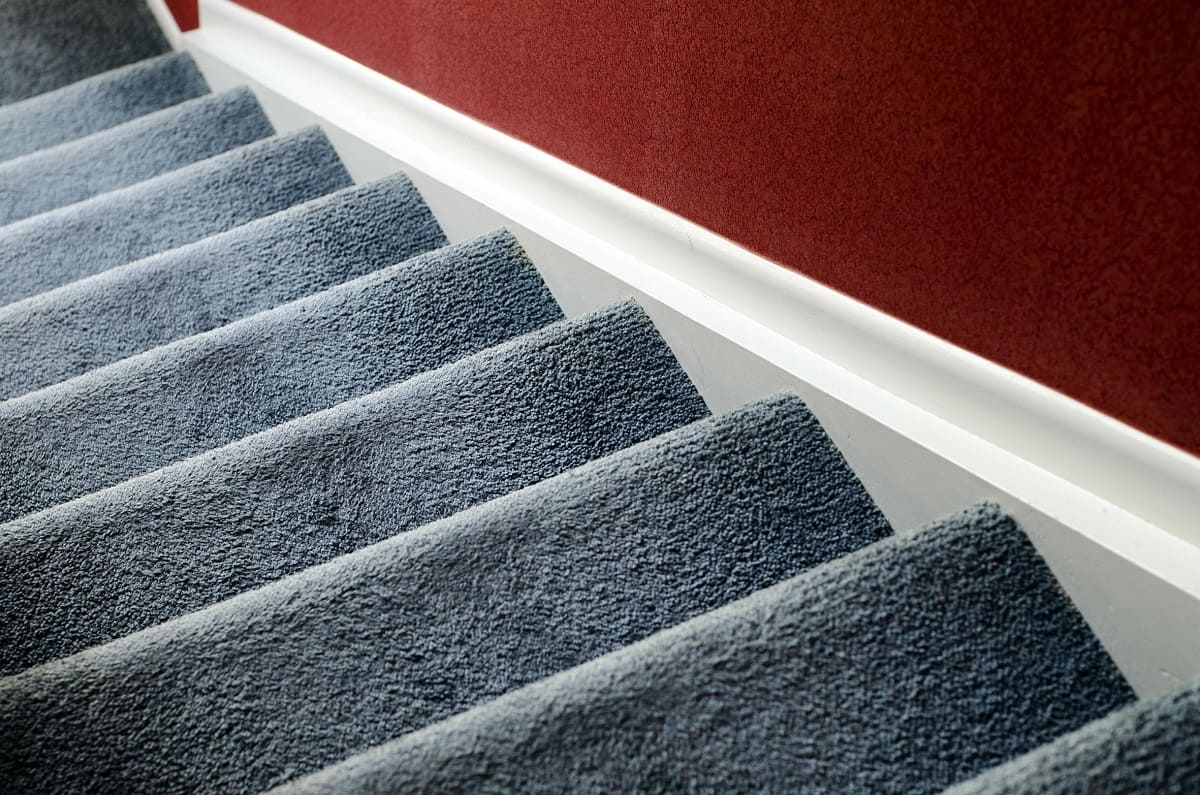
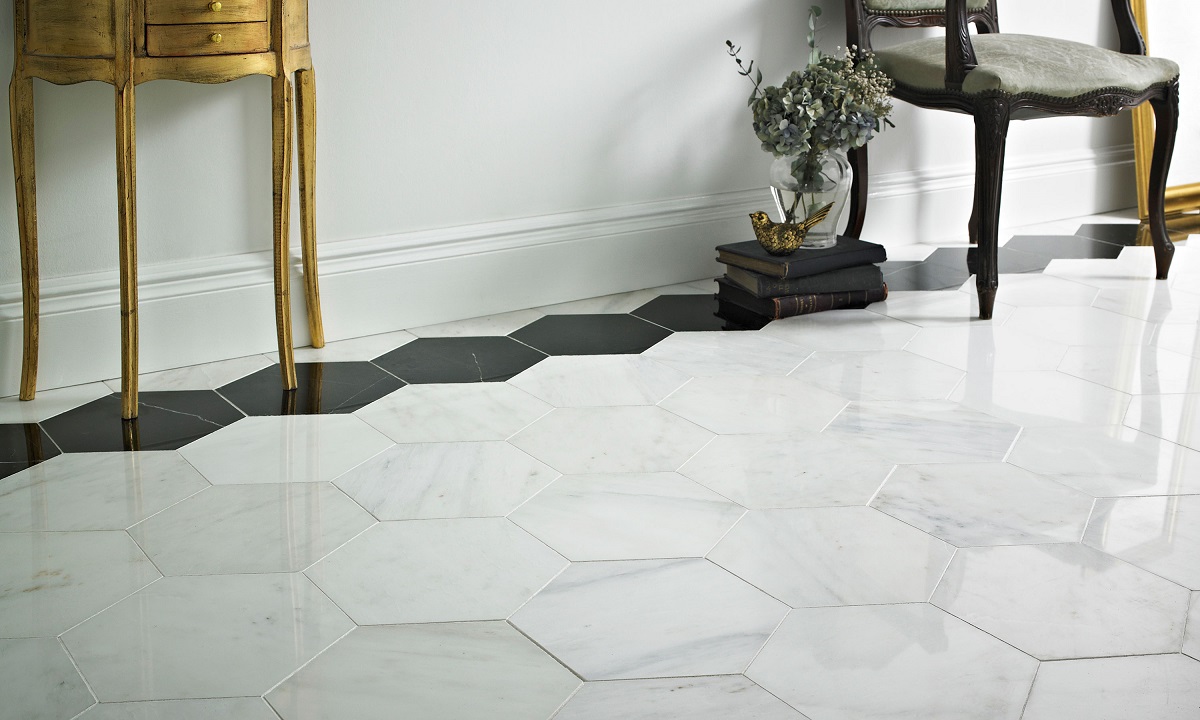
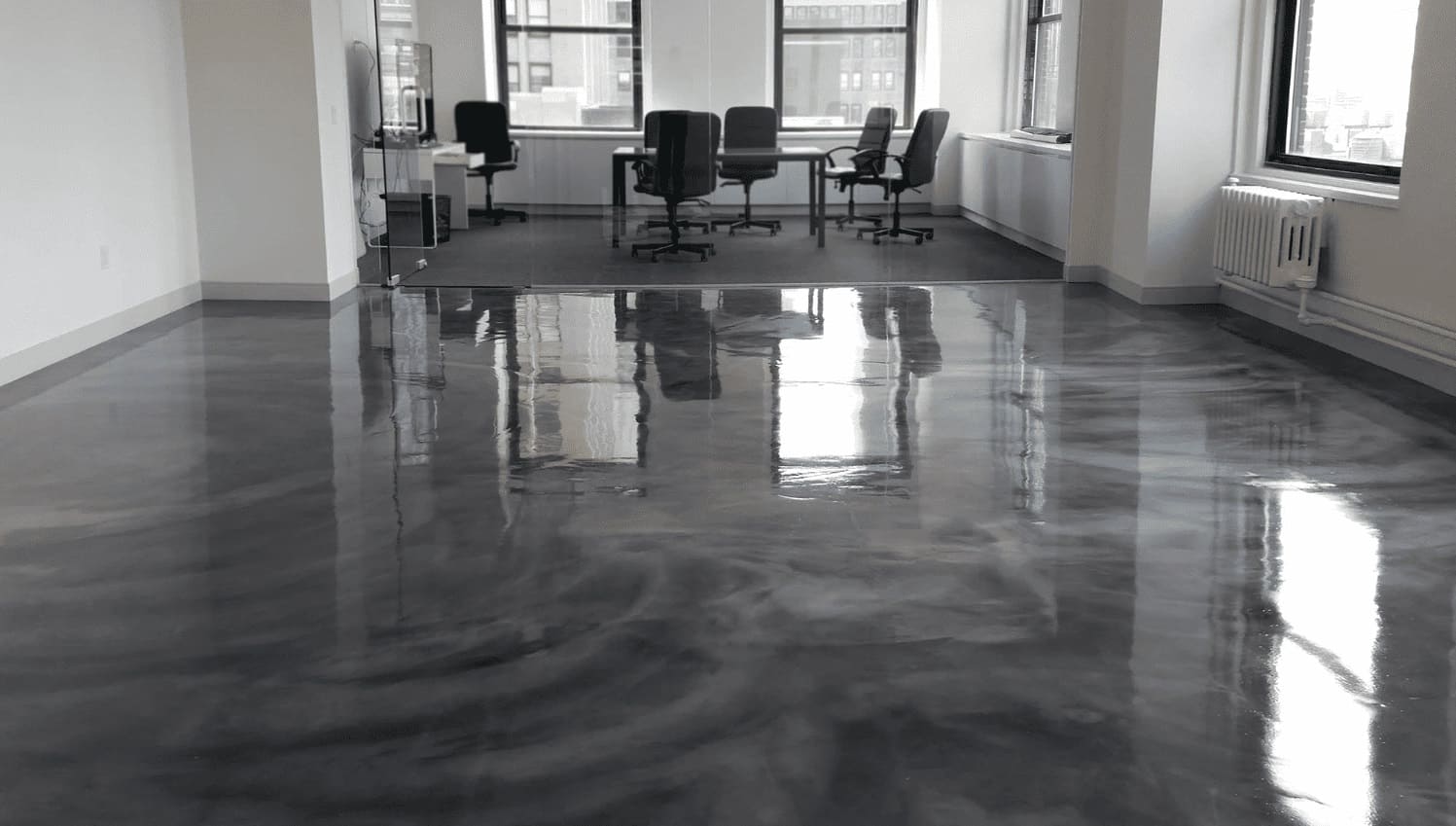
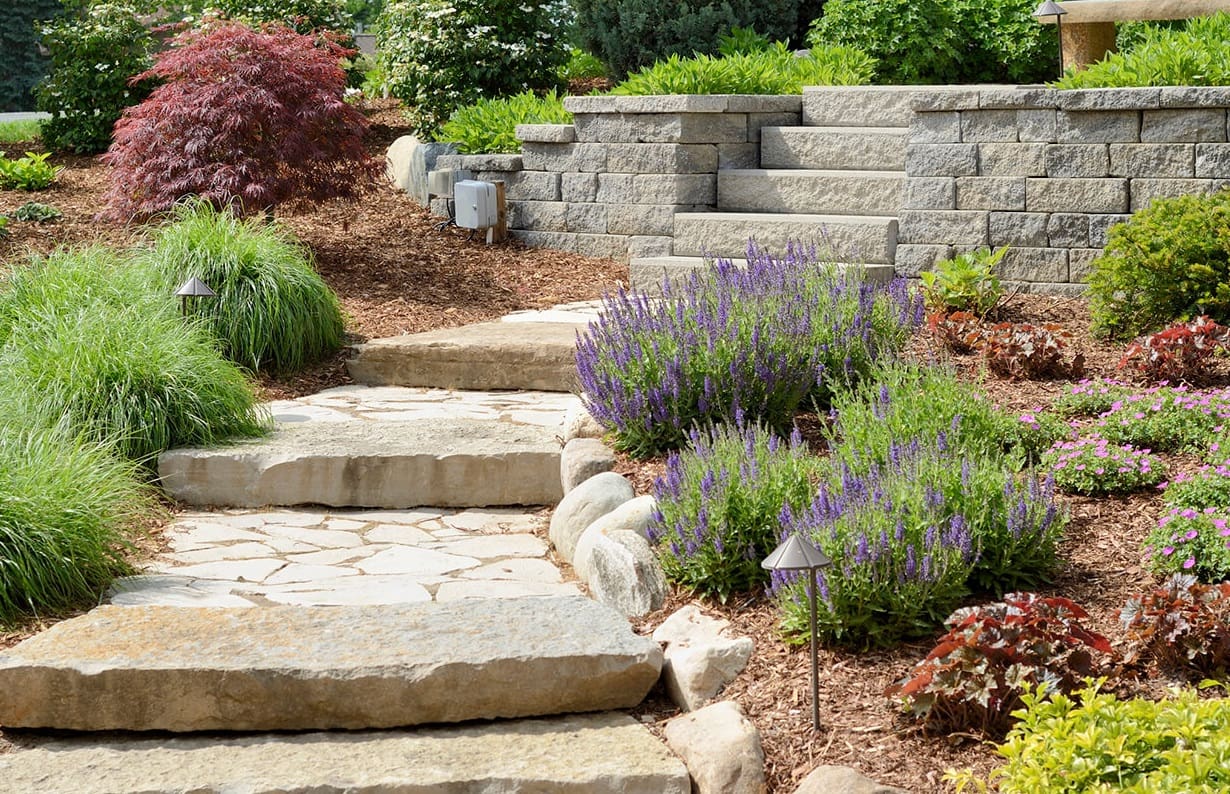
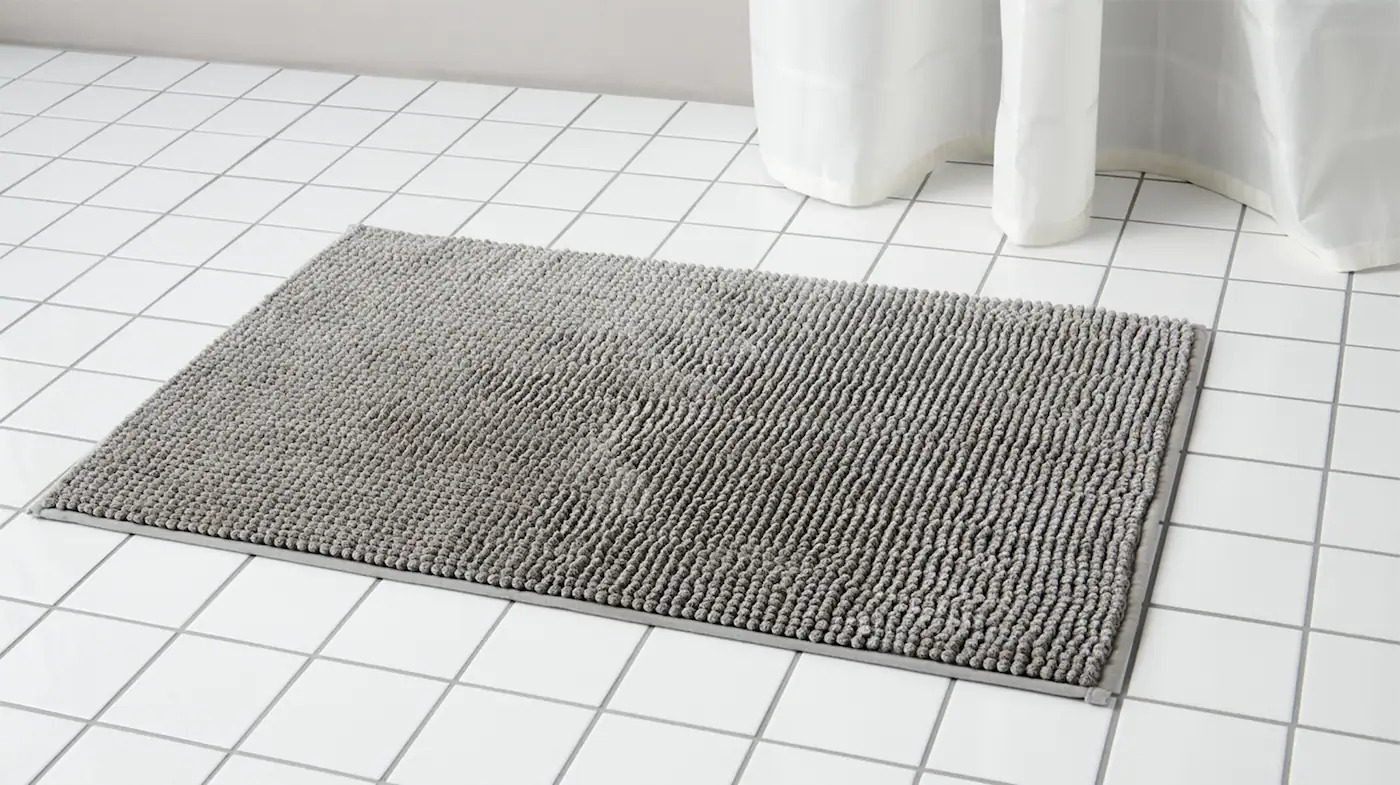
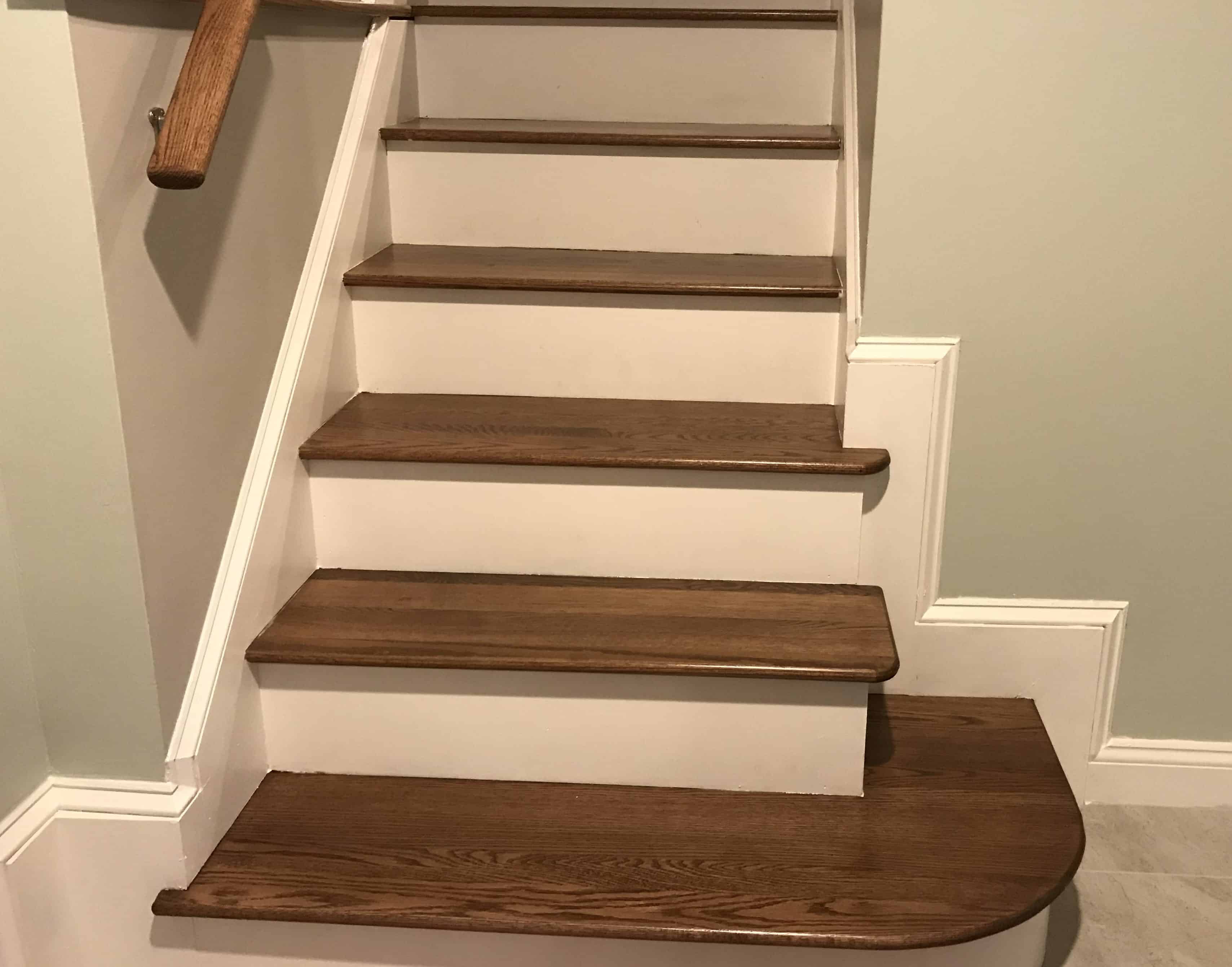
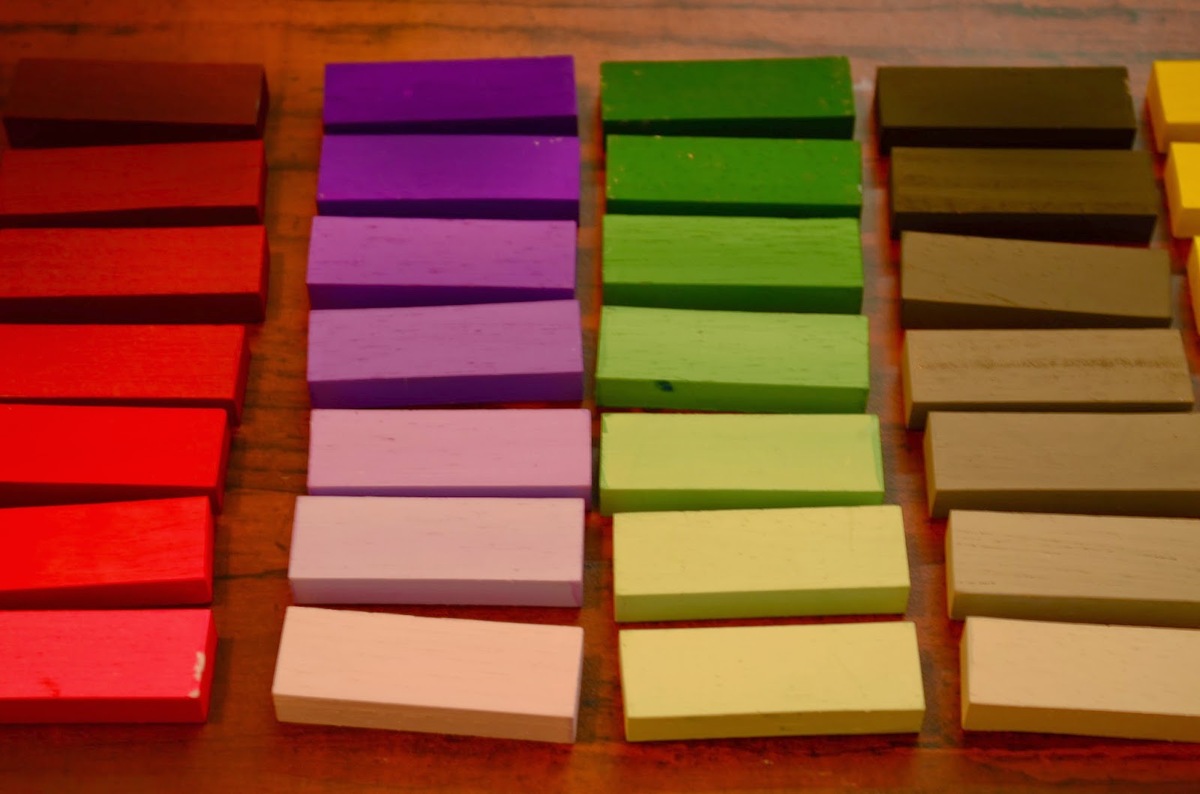
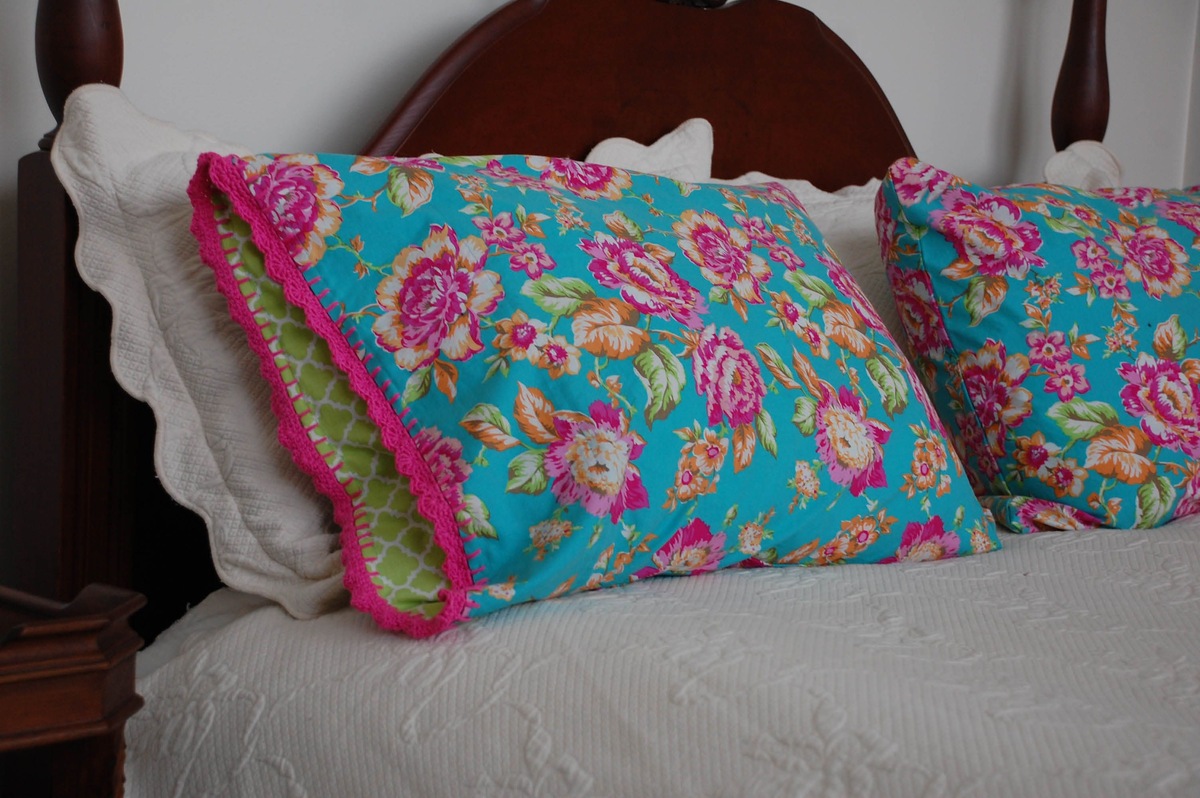
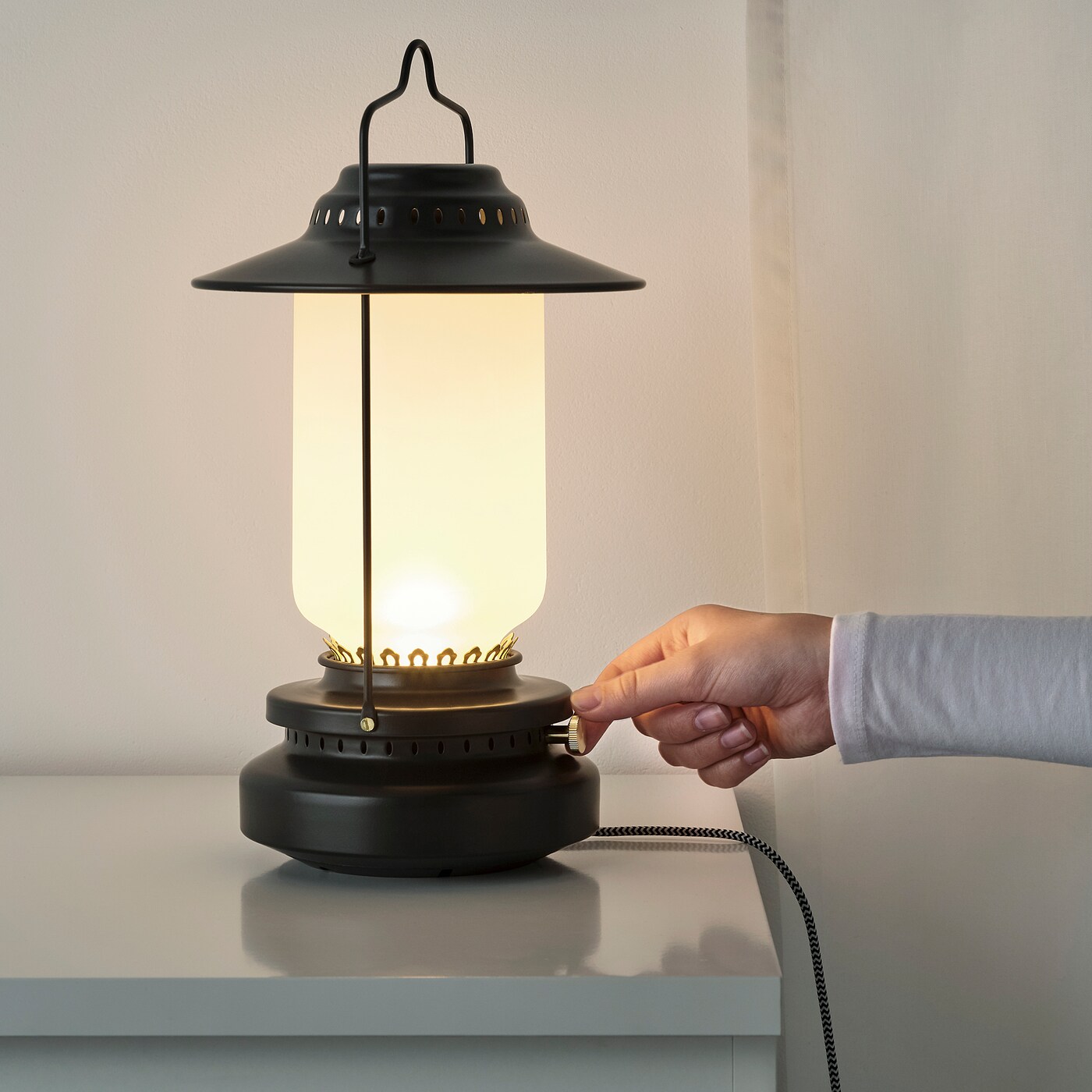
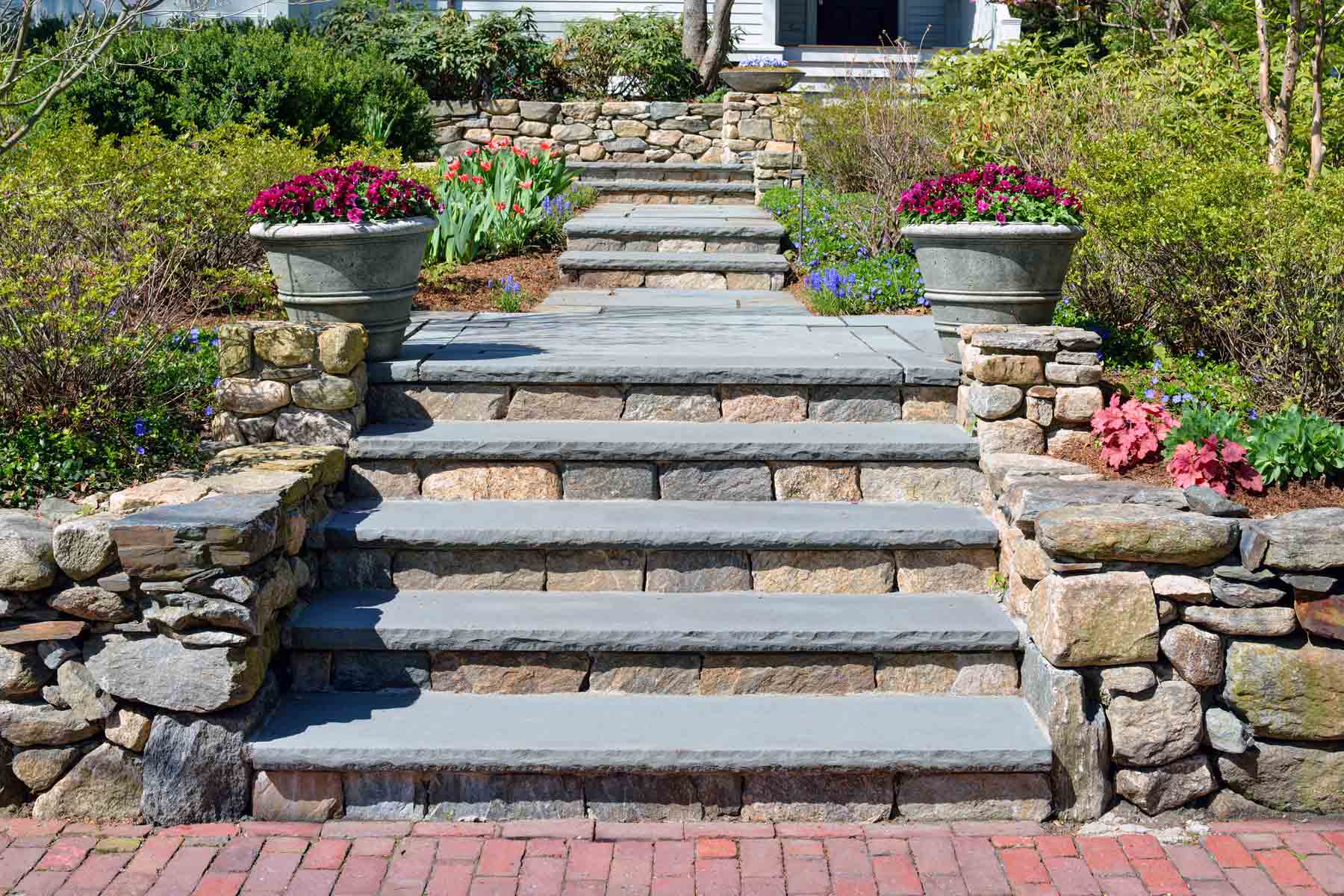

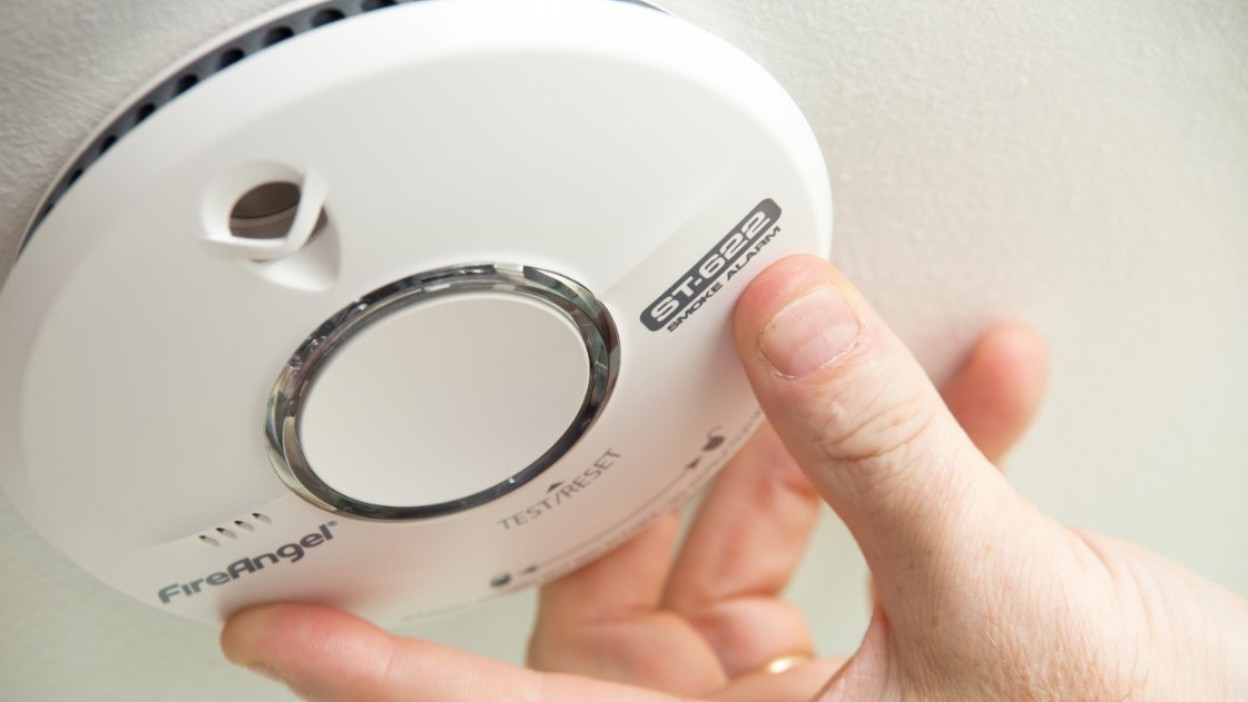
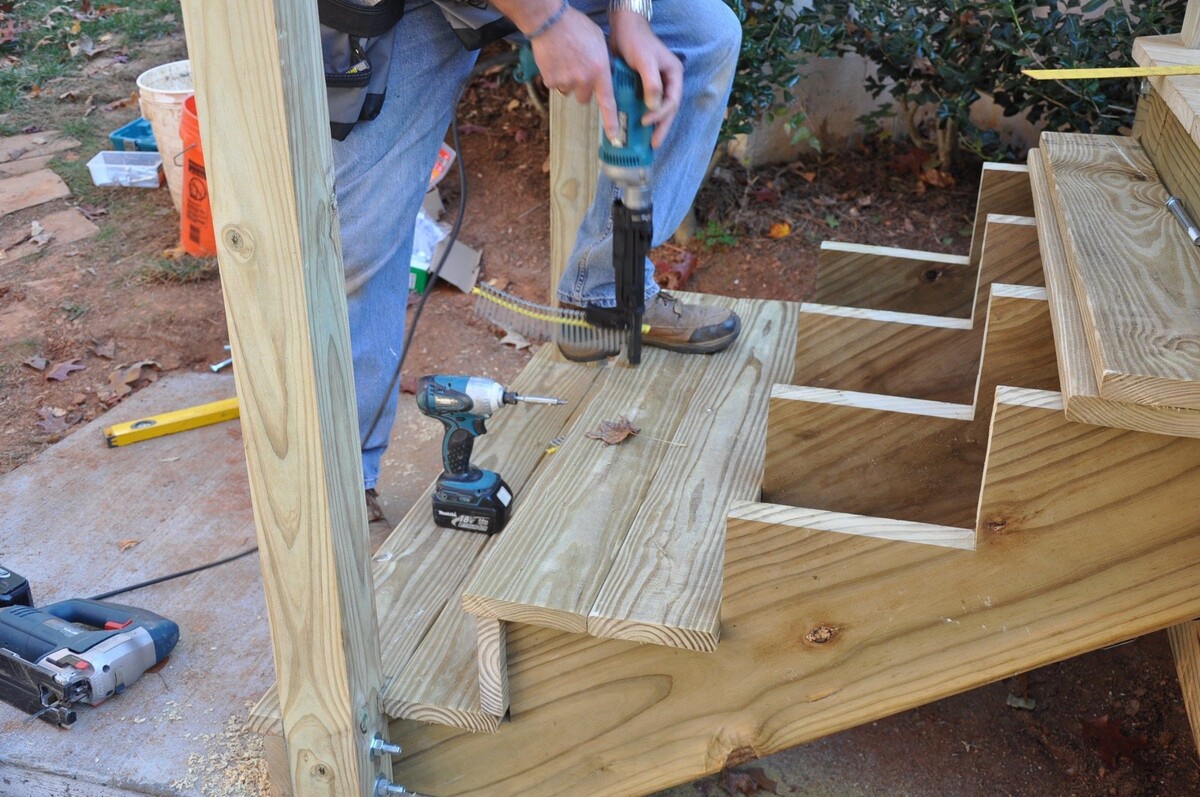


0 thoughts on “How To Make Outdoor Steps Less Slippery”